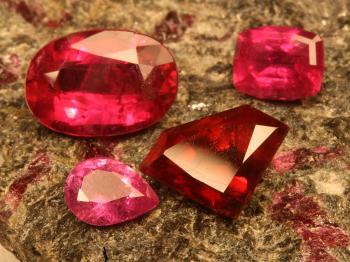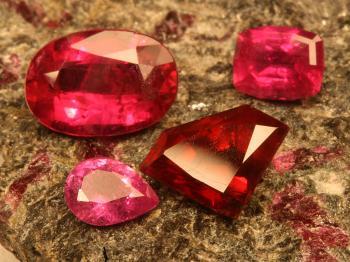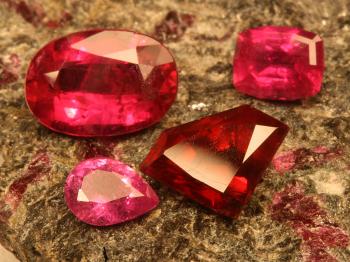Niels Madsen knew where the crystal sparkled out of the earth like red stars in the dark arctic night. This particular location, a peninsula of land between two deep arctic blue lakes, called to him.
For centuries, rubies had been scooped up by his ancestors while they were out on the land, hunting, fishing, or gathering berries—a right that was protected by native tradition and the Greenlandic Constitution.
Now these rights were challenged by Greenland’s Bureau of Minerals and Petroleum (BMP), which sought to maintain the Danish colonial framework.
Just by putting a shovel into the earth, Madsen would begin a process that would expose to the world the disenfranchisement of Native Greenlanders from the resources on their communally owned lands.
The stakes were very high. With the global warming melting glaciers, rubies, sapphires, and diamonds had recently been discovered in the far north.
According to geologists who mapped out the initial ruby discovery, deposits of ruby in Greenland are quite high grade, relatively large, numerous, and on par with good corundum from Burma, which has historically produced some 80 percent of the global ruby supply.


